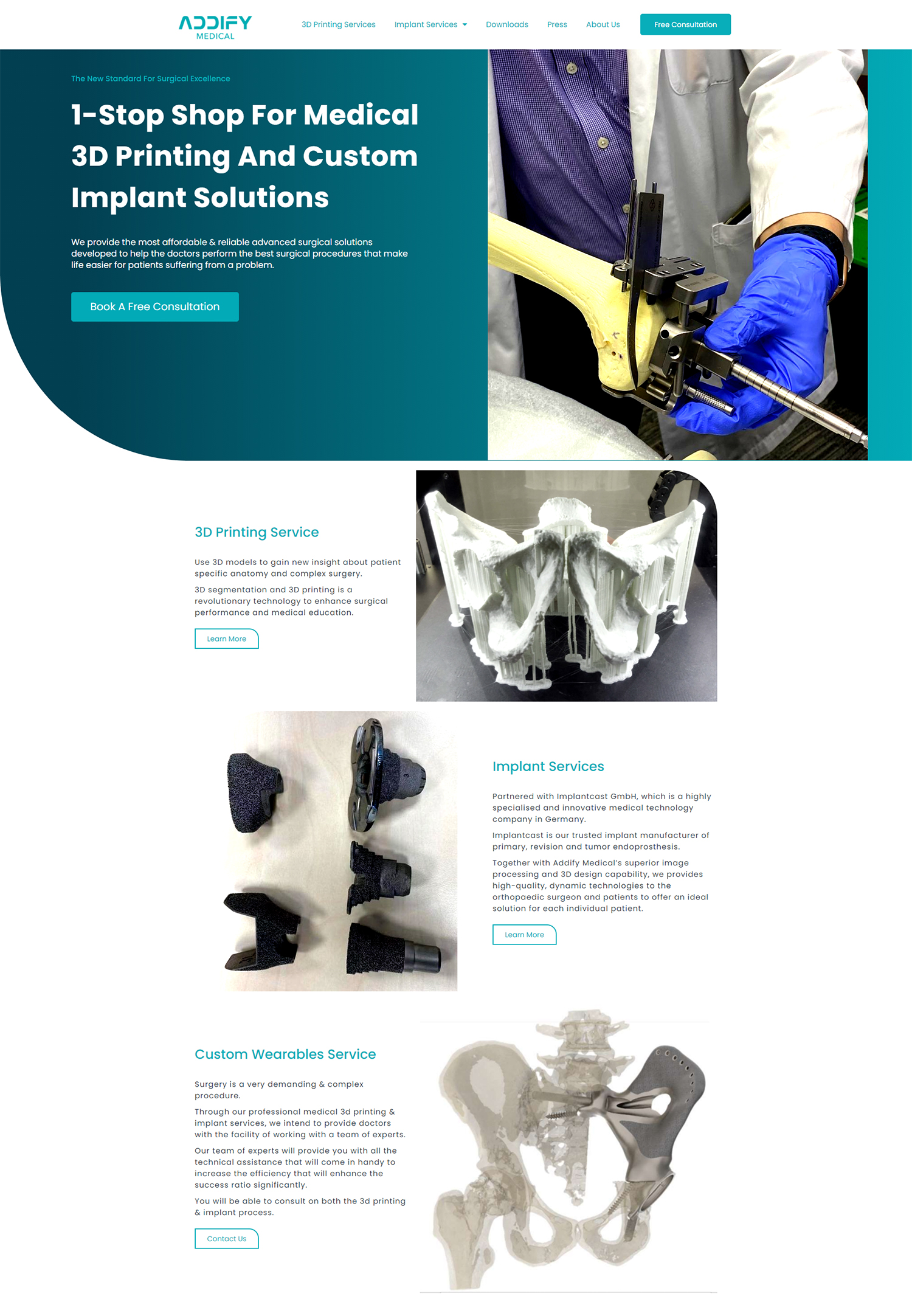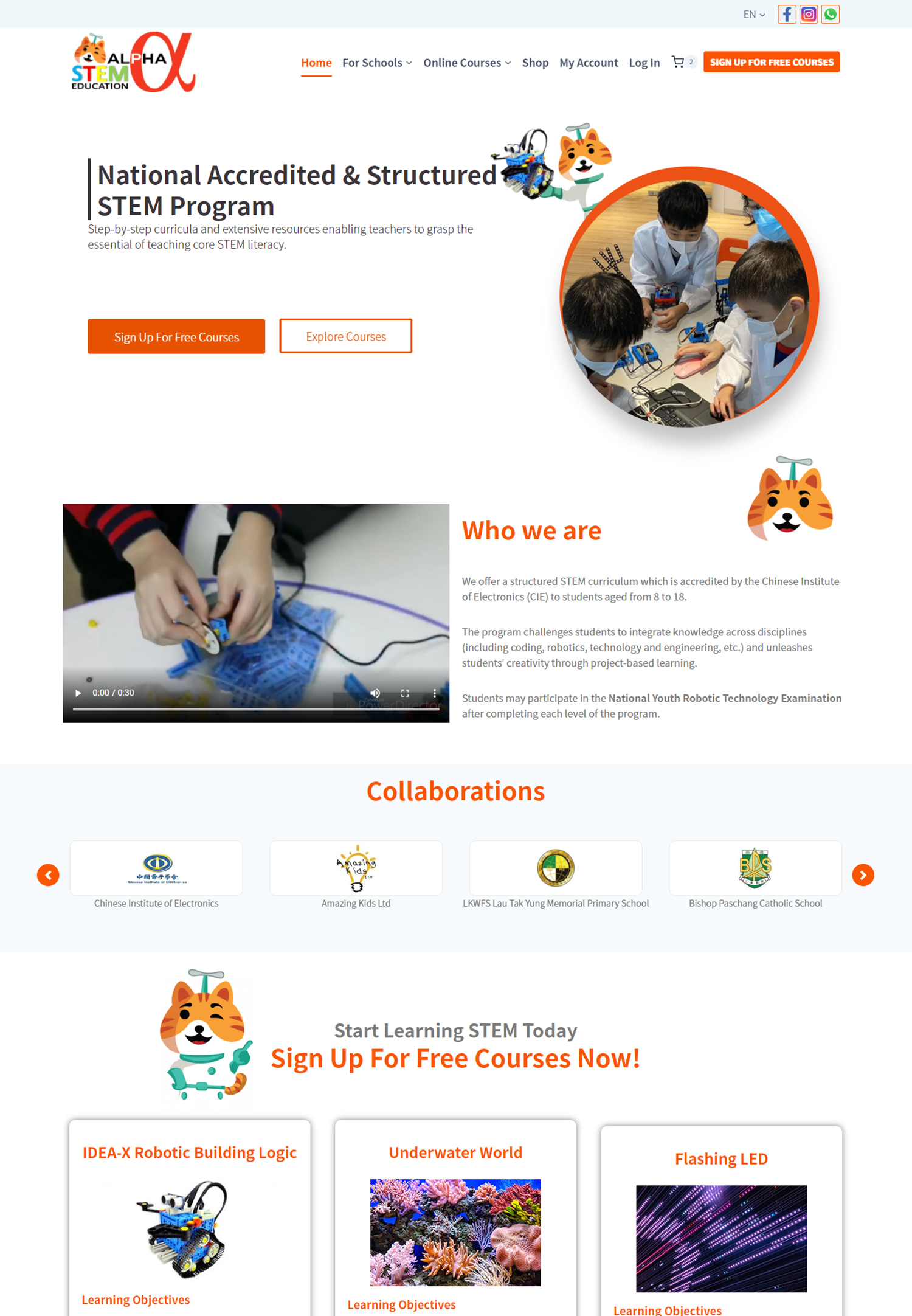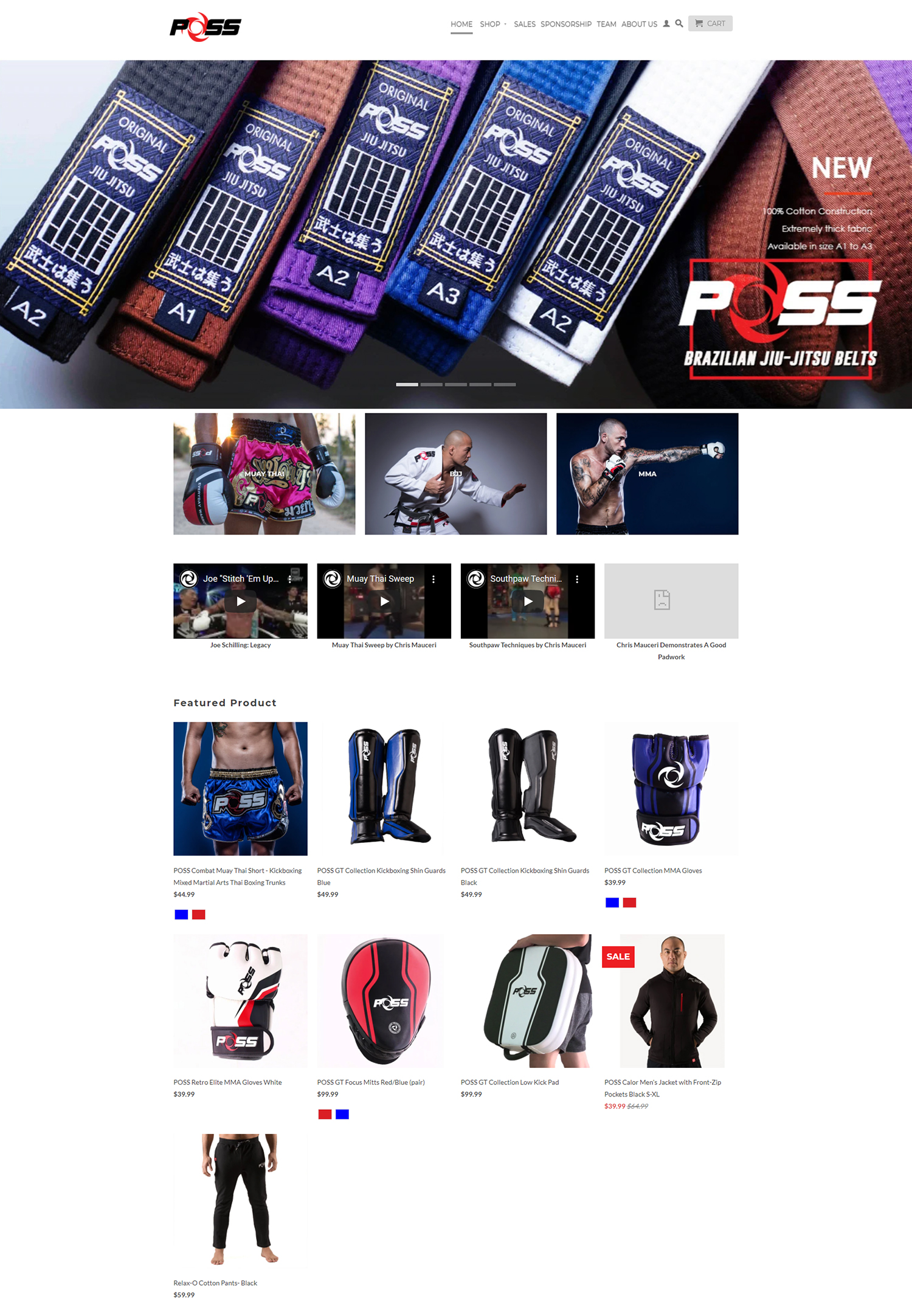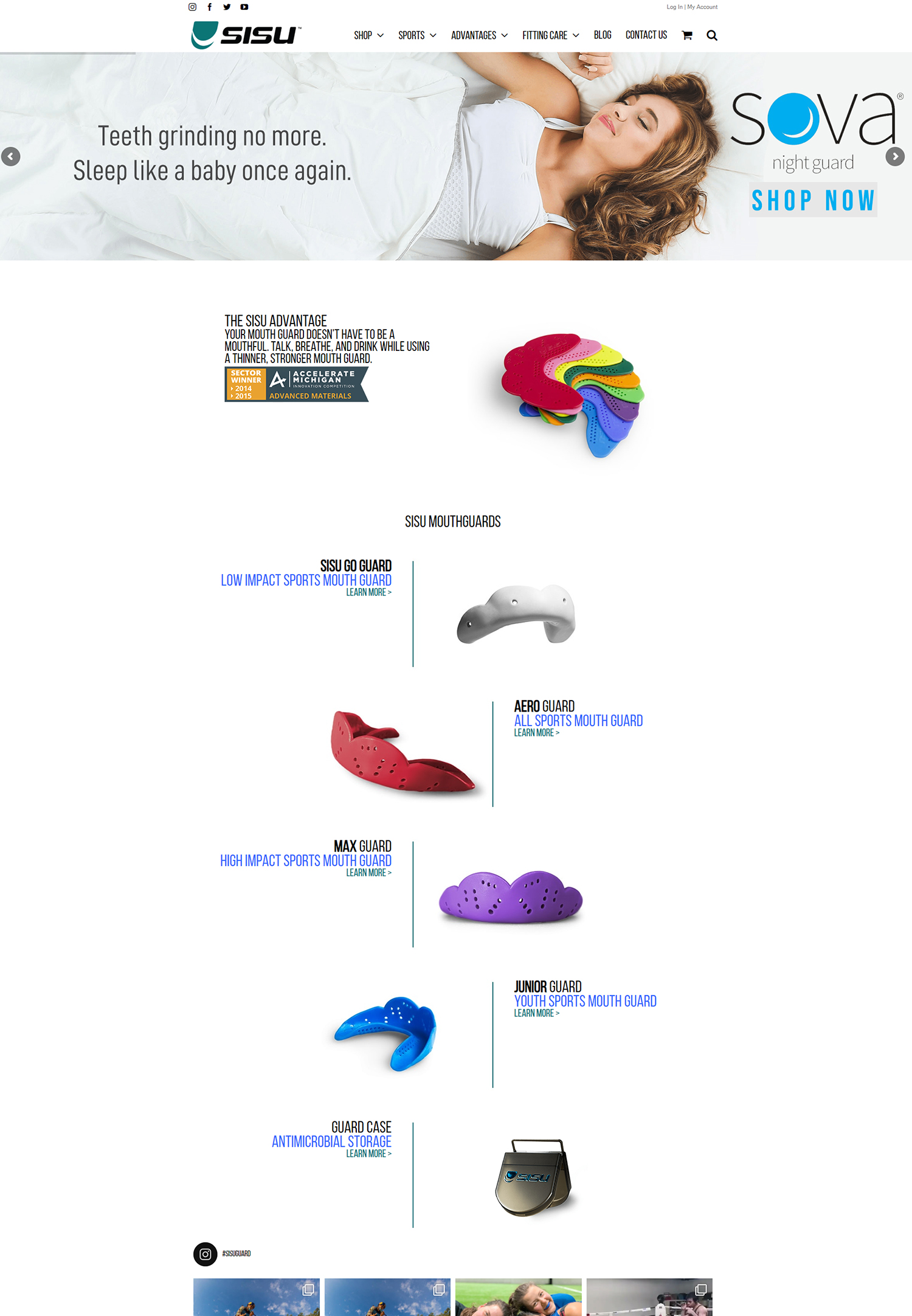To effectively engage with our audience, we must first delve into the intricacies of understanding who they are. This involves more than just demographic data; it requires us to explore their interests, preferences, and pain points. By conducting thorough market research, we can gather insights that reveal the motivations behind their purchasing decisions.
Surveys, focus groups, and social media analytics can provide us with valuable information about our audience’s behaviors and expectations. We should also consider creating detailed buyer personas that encapsulate the characteristics of our ideal customers. These personas will serve as a guiding framework for our marketing strategies, ensuring that we tailor our messaging to resonate with the specific needs and desires of our target audience.
Moreover, understanding our target audience is an ongoing process that demands continuous attention and adaptation. As trends shift and consumer preferences evolve, we must remain vigilant in monitoring these changes. Engaging with our audience through various channels allows us to gather real-time feedback and insights.
By actively listening to their concerns and suggestions, we can refine our offerings and enhance customer satisfaction. This dynamic relationship fosters loyalty and trust, which are essential for long-term success. Ultimately, by prioritizing a deep understanding of our target audience, we position ourselves to create more meaningful connections and deliver value that truly resonates with them.
Key Takeaways
- Understanding your target audience is crucial for creating personalized and effective marketing strategies.
- Creating a strong online presence involves having a professional website, engaging content, and consistent branding across all digital platforms.
- Utilizing social media to reach potential customers requires understanding the demographics and behaviors of your target audience on each platform.
- Implementing effective email marketing strategies involves creating compelling content, segmenting your audience, and analyzing performance metrics.
- Leveraging search engine optimization (SEO) techniques is essential for improving your website’s visibility and driving organic traffic.
- Measuring and analyzing digital marketing efforts is important for identifying areas of improvement and optimizing future strategies for better results.
Creating a strong online presence
Building a Professional Website
A professional website should be visually appealing, easy to navigate, and optimized for mobile devices. By ensuring a user-friendly experience, we can keep visitors engaged and encourage them to explore our offerings further. Additionally, incorporating high-quality content that showcases our expertise can position us as thought leaders in our industry, further enhancing our credibility.
Search Engine Visibility
Beyond our website, we must also consider the importance of search engine visibility. Implementing effective search engine optimization (SEO) strategies will help us rank higher in search results, making it easier for potential customers to discover us. This involves optimizing our website’s content with relevant keywords, improving site speed, and ensuring that we have quality backlinks from reputable sources.
Content Marketing and Engagement
Furthermore, we should actively engage in content marketing by creating blog posts, videos, and infographics that provide value to our audience. By consistently producing high-quality content, we not only attract visitors but also encourage them to share our resources, amplifying our reach and solidifying our online presence.
Utilizing social media to reach potential customers
Social media has revolutionized the way we connect with potential customers, offering us an unparalleled platform to engage with them directly. By leveraging various social media channels such as Facebook, Instagram, Twitter, and LinkedIn, we can reach a diverse audience and foster meaningful interactions. Each platform has its unique characteristics and user demographics, allowing us to tailor our content accordingly.
For instance, visually-driven platforms like Instagram are ideal for showcasing products through captivating images and videos, while LinkedIn is more suited for B2B engagement and professional networking. By understanding the nuances of each platform, we can craft targeted campaigns that resonate with specific segments of our audience. Moreover, social media provides us with valuable opportunities for real-time engagement and feedback.
We can initiate conversations with our followers by responding to comments, sharing user-generated content, and hosting live Q&A sessions. This level of interaction not only humanizes our brand but also fosters a sense of community among our audience. Additionally, utilizing paid advertising on social media allows us to reach a broader audience beyond our organic followers.
By carefully targeting our ads based on demographics, interests, and behaviors, we can ensure that our message reaches those most likely to convert into customers. Ultimately, by harnessing the power of social media effectively, we can create a vibrant online community that drives brand awareness and customer loyalty.
Implementing effective email marketing strategies
| Metrics | Data |
|---|---|
| Open Rate | 25% |
| Click-through Rate | 10% |
| Conversion Rate | 5% |
| Subscriber Growth | 100 new subscribers per month |
| Unsubscribe Rate | 2% |
Email marketing remains one of the most powerful tools in our digital marketing arsenal, allowing us to communicate directly with our audience in a personalized manner. To implement effective email marketing strategies, we must first build a quality email list comprised of individuals who have expressed genuine interest in our brand. This can be achieved through various means such as offering valuable content in exchange for email sign-ups or running targeted campaigns that encourage users to subscribe.
Once we have established a solid list, we can segment it based on factors such as demographics or purchase history to deliver tailored content that resonates with each group. Crafting compelling email content is crucial for capturing the attention of our subscribers. We should focus on creating engaging subject lines that entice recipients to open our emails while ensuring that the body content is informative and relevant.
Incorporating visuals such as images or videos can enhance the overall appeal of our emails and make them more engaging. Additionally, including clear calls-to-action (CTAs) encourages recipients to take the desired action, whether it be making a purchase or visiting our website for more information. By analyzing metrics such as open rates and click-through rates, we can continuously refine our email marketing strategies to improve engagement and drive conversions.
Leveraging search engine optimization (SEO) techniques
Search engine optimization (SEO) is an essential component of any successful digital marketing strategy, as it directly impacts our visibility on search engines like Google. To leverage SEO effectively, we must begin by conducting comprehensive keyword research to identify the terms and phrases that potential customers are using to search for products or services similar to ours. By strategically incorporating these keywords into our website’s content—such as blog posts, product descriptions, and meta tags—we can improve our chances of ranking higher in search results.
Additionally, optimizing on-page elements like title tags and header tags ensures that search engines understand the relevance of our content. Beyond on-page optimization, we must also focus on building high-quality backlinks from reputable websites within our industry. Backlinks serve as endorsements for our content and signal to search engines that we are a credible source of information.
Engaging in guest blogging or collaborating with influencers can help us secure valuable backlinks while expanding our reach within the digital landscape. Furthermore, monitoring technical SEO aspects such as site speed, mobile-friendliness, and secure connections (HTTPS) is crucial for providing an optimal user experience. By continuously refining our SEO strategies based on performance metrics and algorithm updates, we can maintain a competitive edge in search engine rankings.
Measuring and analyzing digital marketing efforts for continuous improvement
Utilizing Data to Inform Decisions
By leveraging tools such as Google Analytics and social media insights, we can gather valuable data on user behavior, engagement levels, and conversion rates across various channels. This data enables us to identify which strategies are yielding positive results and which areas require improvement.
Identifying Areas for Improvement
For instance, if we notice a high bounce rate on certain pages of our website, it may indicate that the content is not resonating with visitors or that the user experience needs enhancement. Moreover, analyzing customer feedback through surveys or reviews provides us with qualitative insights into their experiences with our brand. This feedback is invaluable for understanding customer satisfaction levels and identifying potential pain points in their journey.
Driving Continuous Improvement
By regularly reviewing these metrics and feedback loops, we can make informed decisions about where to allocate resources and how to refine our marketing strategies for better outcomes. Continuous improvement should be at the forefront of our digital marketing approach; by remaining agile and responsive to data-driven insights, we can adapt to changing market conditions and ultimately drive greater success for our business.
If you’re looking to enhance your understanding of digital marketing strategies specifically tailored for service-based companies, you might find the article “Digital Marketing for Service-Based Companies” quite enlightening. This resource offers valuable insights into effective techniques and tools that can help elevate your business’s online presence and attract more clients. You can read more about it by visiting this link.
FAQs
What is digital marketing for service-based companies?
Digital marketing for service-based companies refers to the use of online channels and platforms to promote and advertise services offered by a company. This can include strategies such as social media marketing, search engine optimization (SEO), content marketing, email marketing, and more.
Why is digital marketing important for service-based companies?
Digital marketing is important for service-based companies because it allows them to reach a wider audience, generate leads, and ultimately acquire new customers. It also provides a cost-effective way to promote services and build brand awareness.
What are some key digital marketing strategies for service-based companies?
Some key digital marketing strategies for service-based companies include creating a strong online presence through a professional website and social media profiles, utilizing search engine optimization (SEO) to improve visibility in search engine results, and engaging in content marketing to provide valuable information to potential customers.
How can service-based companies use social media for digital marketing?
Service-based companies can use social media for digital marketing by creating engaging content, interacting with their audience, and utilizing paid advertising options to reach a larger audience. Social media platforms also provide opportunities for customer service and relationship building.
What are the benefits of email marketing for service-based companies?
Email marketing can be beneficial for service-based companies as it allows them to directly communicate with potential and existing customers. It can be used to promote services, share valuable content, and nurture leads through targeted email campaigns.






























